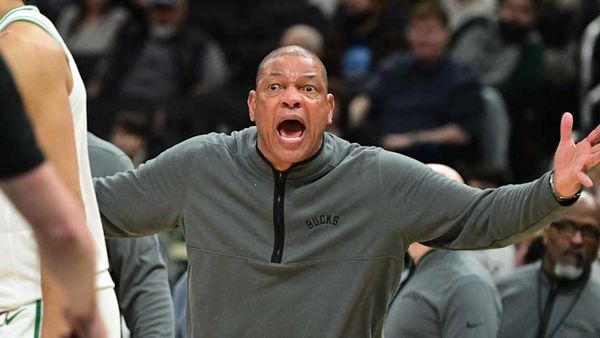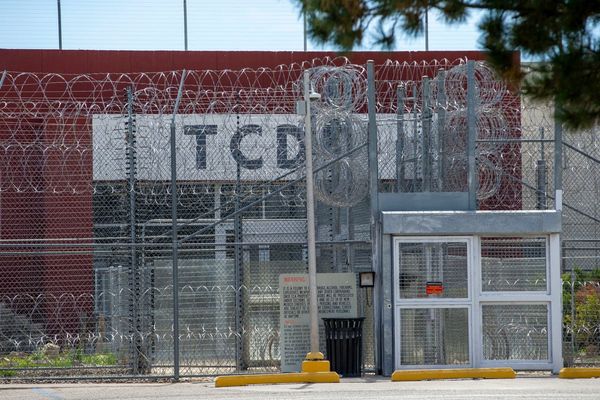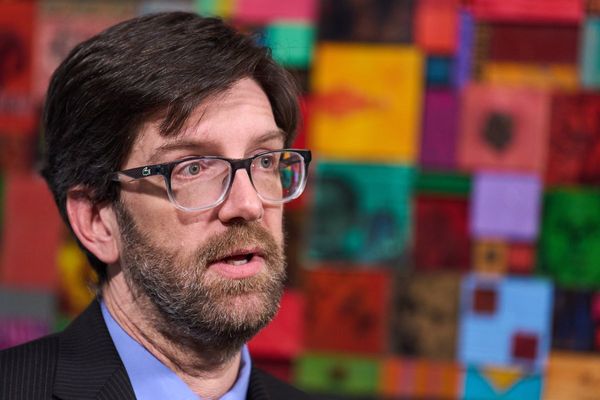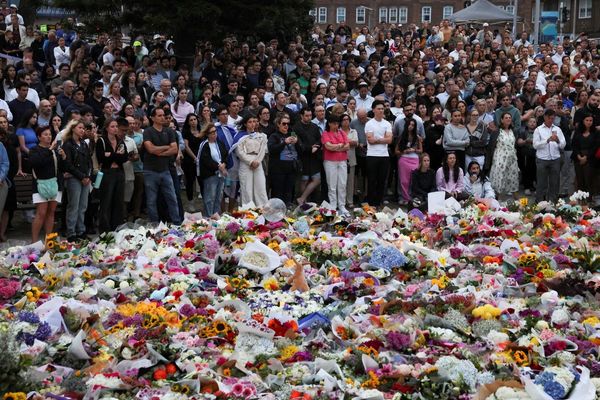
It’s 6am and I’m trying to decide whether it’s the heady scent of jasmine or the jet lag that’s got me so lightheaded. Probably both. I’ve woken up at ridiculous o'clock and managed to locate the button to automatically open my curtains from the giant bed at the Jumeirah Al Arab – whilst taking in the scenery of pure white sand, sunbeds as far as the eye can see and discreet workers who are beavering away at the day’s maintenance. The mighty seven-star Jumeirah Burj Al Arab looms in my vision on its man-made island opposite my balcony.
Dubai loves a superlative: tallest tower, fastest lift, deepest pool, highest dancing fountain – and I begin my quest to discover its burgeoning art scene with the biggest breakfast. The Al Arab dining experience is something to behold, and for a city known for its belt-busting brunch experiences, that’s saying something. Saffron croissants, check. Sushi, check. Shakshuka, check.
Somewhere between a third coffee and a bite of za’atar bread, I notice the tables filling up with glamorous families in their matching baby’n’me Prada twin sets. Rather than gawp, I push my sunglasses firmly into position and prepare myself to explore Dubai’s art scene.
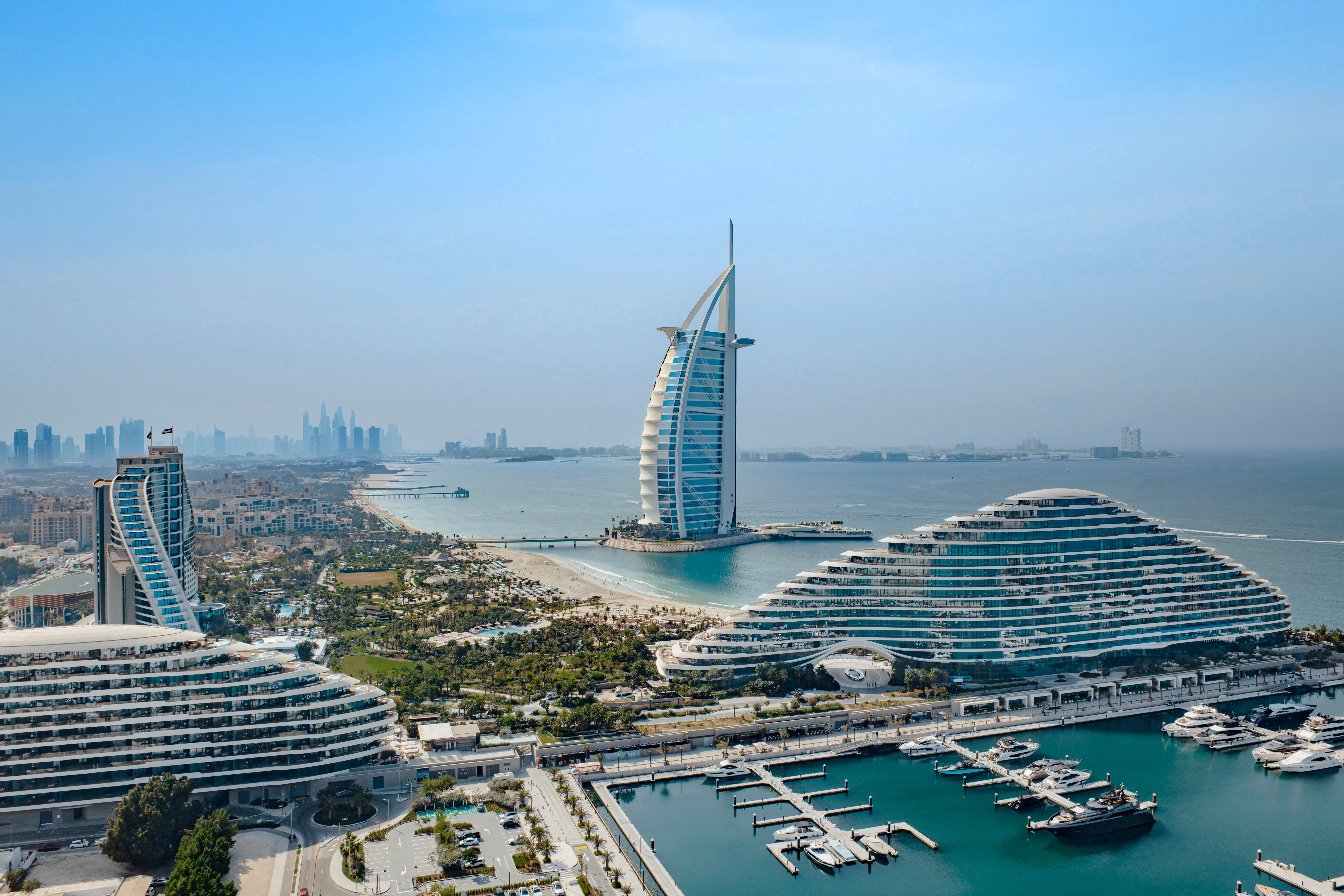
Read now: The 8 best beaches in Dubai, from family-friendly fun to partying on the sands
My first stop is Alserkal Avenue, Dubai’s edgy, creative lung. Wedged inside Al Quoz, a district that still bears the marks of industry, it comprises gritty warehouses, greasy mechanics’ garages and large cranes suggesting exciting new developments. Crucially, it’s a world away from the Gucci tracksuits and Tesla showrooms that I expected to find here.
Founded by Emirati patron Abdelmonem Bin Eisa Alserkal, the Avenue is a defiant snub to the city’s luxury obsession and has gone from strength to strength since it opened with just one gallery, ‘Ayyam’, in 2008.
Now there are seventeen galleries and a hip crowd of Gen Z-ers wearing paint-stained Dickies and Crocs, who flaunt multi-coloured hair as they zip around on scooters. The vibe here is ultra-cool, and lunchtime brings an edgy gaggle of workers who patiently queue at the vegan café for their Ethiopian pour-over coffees.
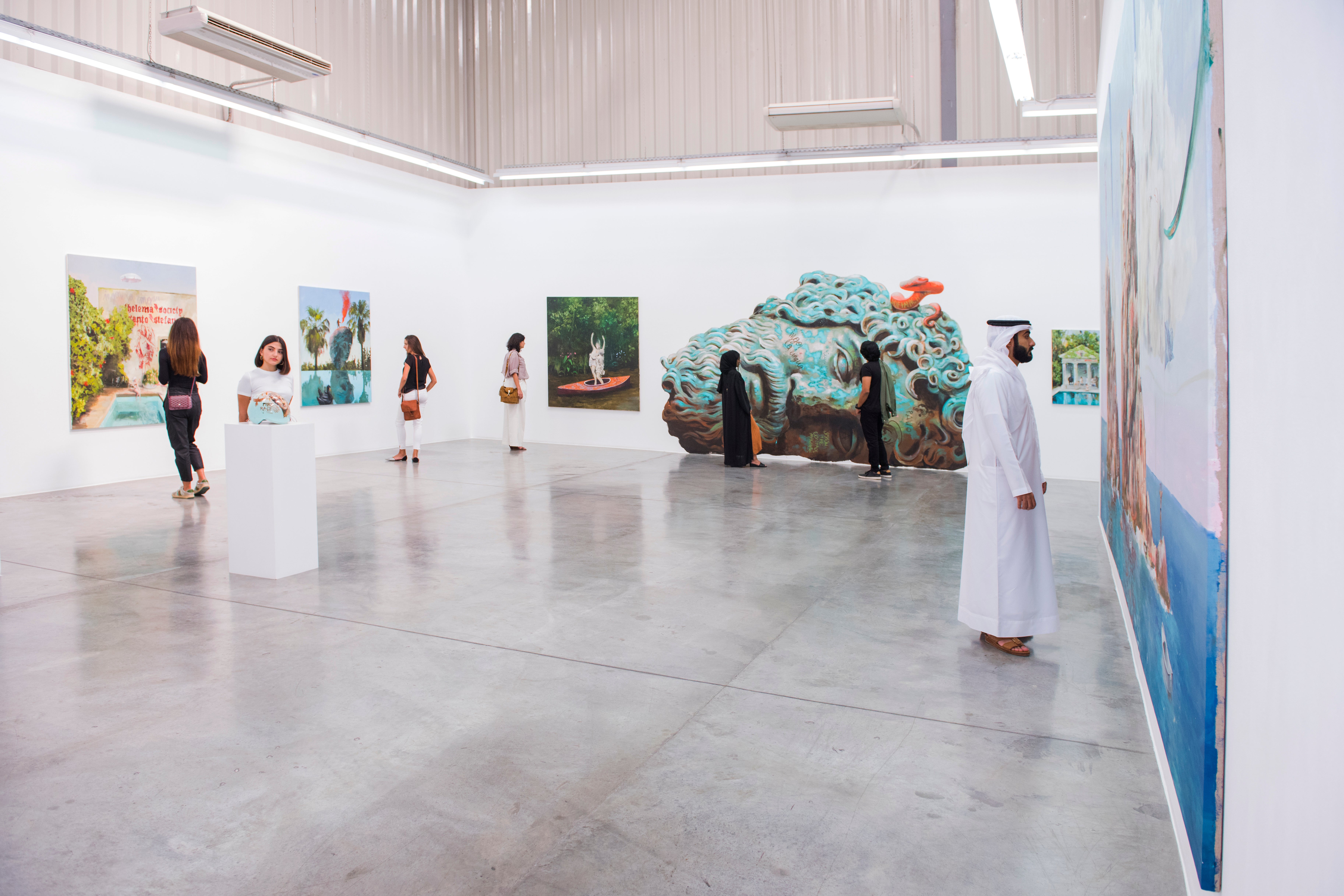
I find Chafa Ghaddar in her 8th Street Studio. Lebanese-born, she relocated to Dubai seven years ago and has found that the rhythm of life here suits her. She talks me through her work whilst offering me one of her mum’s delicious homemade chocolates that she regularly ships over from Beirut. Known for her contemporary fresco work – a medium steeped in history which she distils through a contemporary lens – her work offers an interesting insight into the female perspective.
Next, I drop into Rami Farook’s studio. Part personal museum, part existential garage sale, Farook’s works include self-portraits scrawled on plywood, scuffed zines from 2006, found objects and fake ads. “This,” he says, motioning around, “this is Dubai. Not the malls.”
Read more: Best affordable hotels in Dubai for central locations and beach views
I’m in town for Dubai’s official art week, Art Dubai, where the vibe is much more formal. Headquartered at the Madinat Jumeirah, where even the air feels curated, my comfortable-for-the-35-degrees sundress stands out like a sore thumb against the gallerists’ blanket uniform of 50 shades of black.
After silencing my imposter syndrome, I make my way through the vast showcase of work. I found an affinity with the digital section, which launched in 2022 and showcases works which are radical, virtual and visionary. It has rapidly established itself as one of the most ambitious experiments of its kind: a curated space that not only embraces the aesthetics of the online world but wrestles seriously with the ethics, politics and implications of living within it.
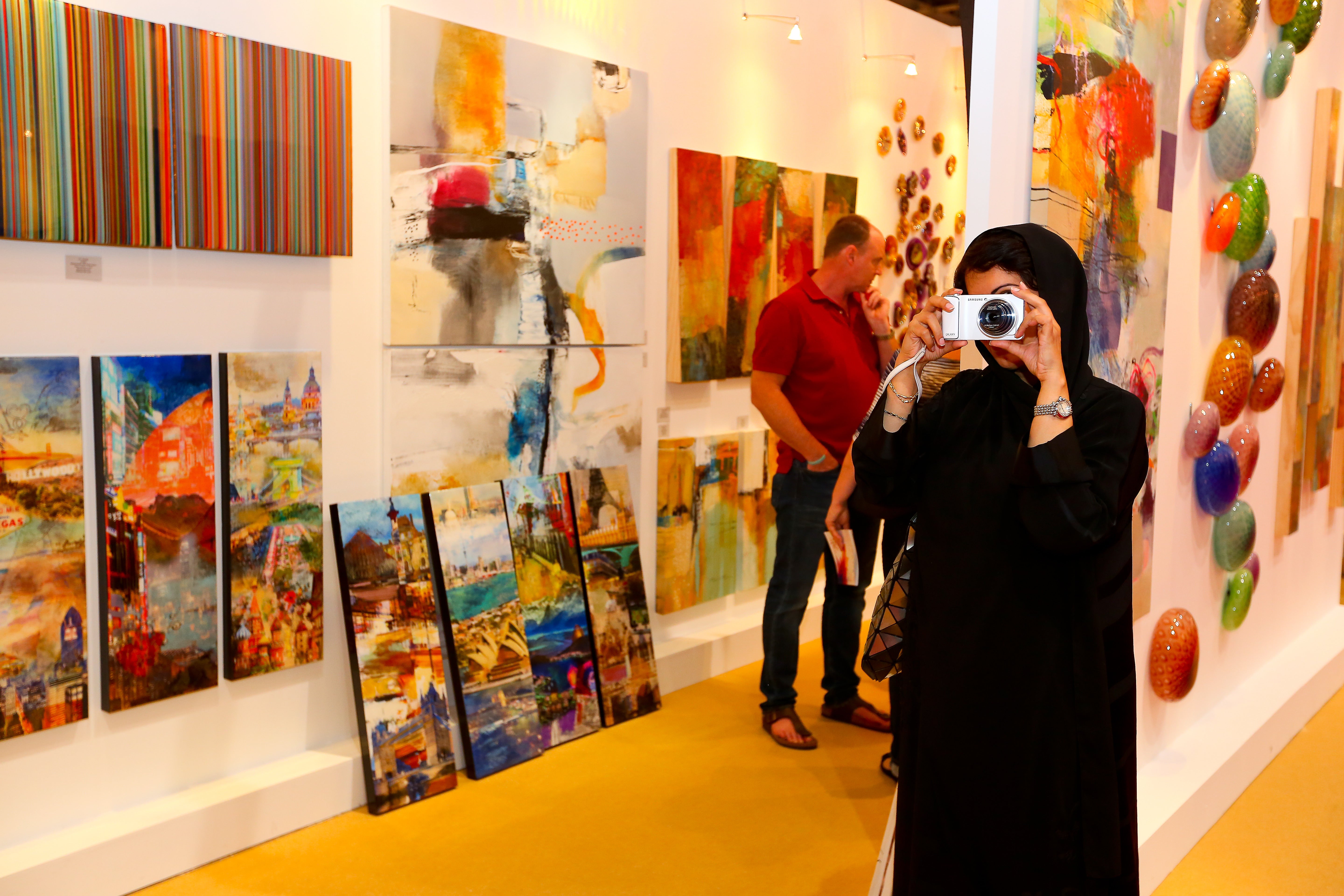
Speaking to Caroline Spinks, the mind behind the Espace Gallery, the British-born curator is firmly embedded in the UAE’s creative ecosystem. Her work with Ralph Khoury (aka Ginger Potter) isn’t just about presenting digital art, it’s about asking what happens when the simulation becomes more real than the thing it imitates.
“We’re not here to entertain,” she tells me, sipping black tea from a paper cup. “We’re here to disturb the algorithm.” I nod in agreement, but I am distracted by a very real-looking butterfly on the screen behind her; not an insect at all, but a computer file.
Venturing further into the abyss of interactive art, I was bestowed a personal affirmation from a chip-infused ceramic bird at the Inloco Gallery stand. Iranian-born Mohsen Hazrati’s "Fãl" project was inspired by the fortune-telling parrots found in Iranian markets in his parents’ era, brought up to date thanks to AI.
Keen to try, I was able to type a question, scan my bird and receive an answer – a digital divination based on the poems of Iranian poet Hafez. Intriguing? Indeed. Enlightening. Sadly not.
Read more: Rixos Premium Dubai JBR hotel review
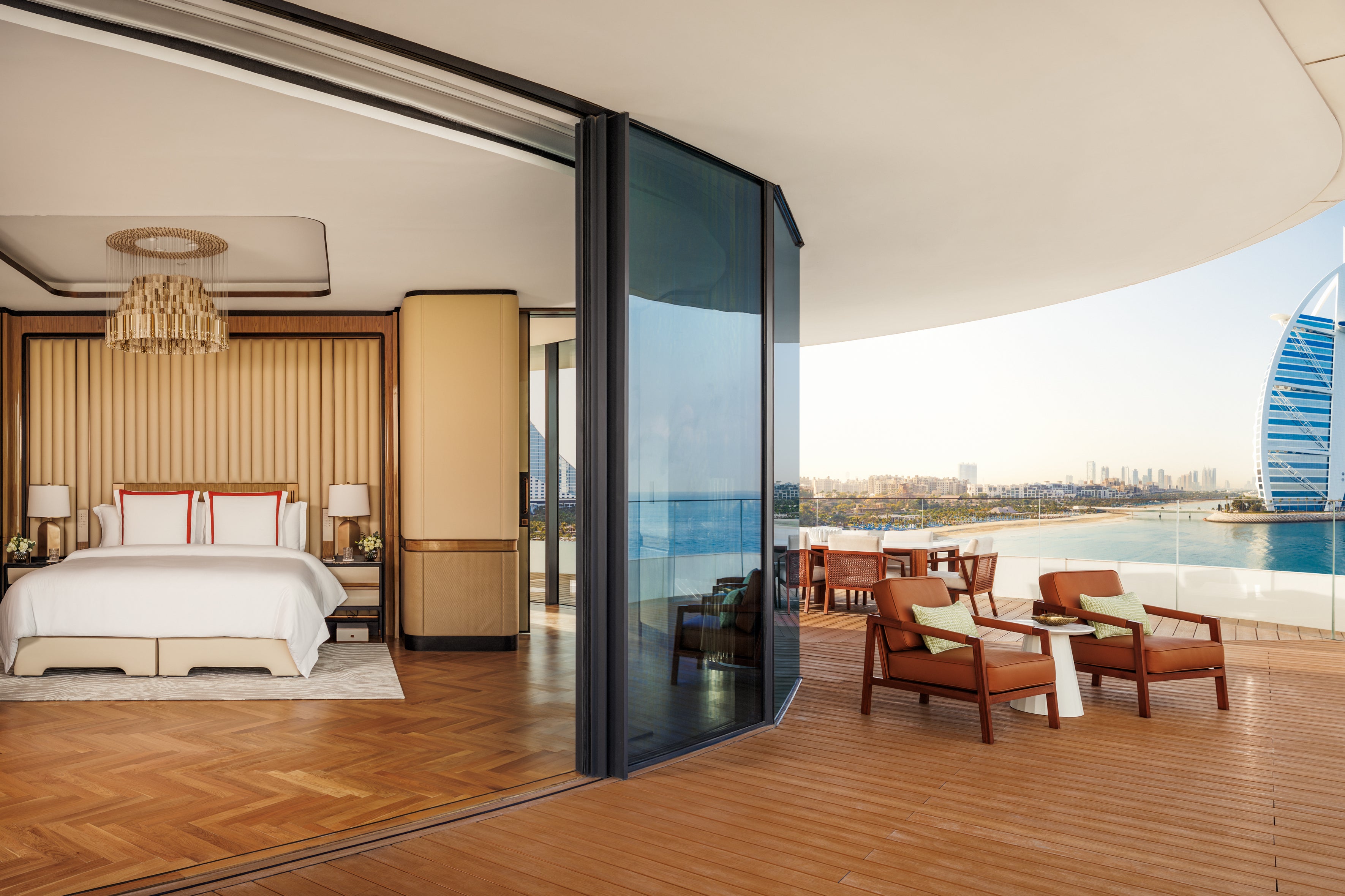
After my whirlwind visit, I’d say that the art scene in Dubai seems to be mixing tradition with disruption to great effect. This was reinforced by one of the artists I met, who said: “Dubai is not a blank slate. It’s already full. We’re just adding layers.”
During my visit, I felt I’d got under at least some of those layers and was enchanted with the city’s mesmerising confidence. When asked, “So, did you get it?” I’d answer, yes. I think I probably did.
For more information about Art Dubai, visit artdubai.ae
Sara Darling travelled as a guest of Visit Dubai and Jumeirah Marsa Al Arab.

